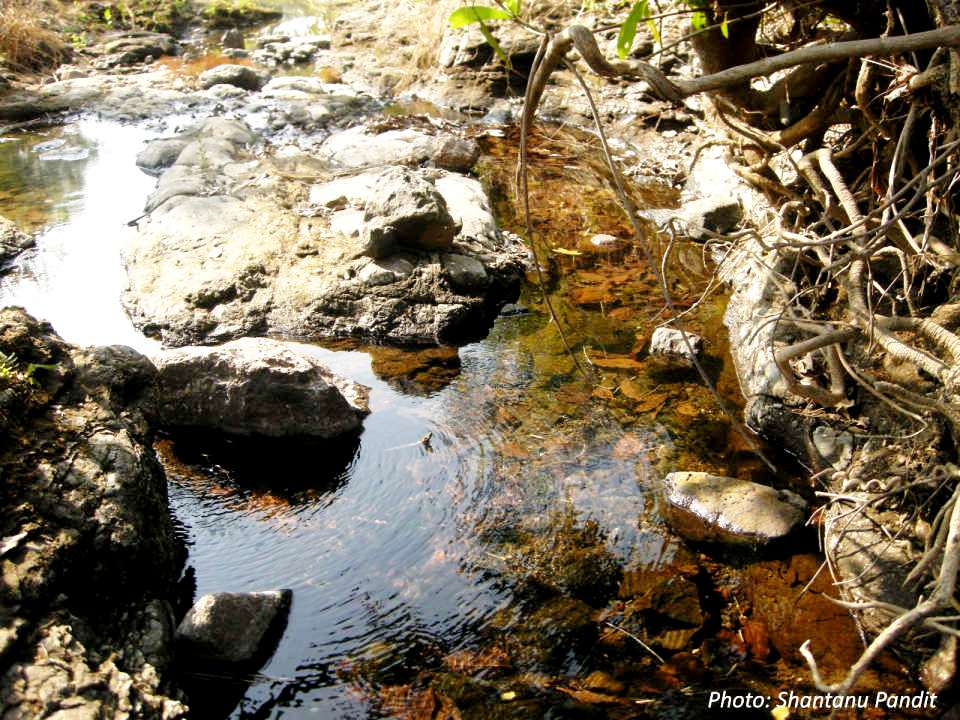* What’s in a name? *
Notice how names of mountains and rivers and other natural features tend to have a ring to them? One of my childhood memories is of a book about the first exploration of the river Orinoco in South America, and I remember how I just loved the sound of that word. Orinoco! It sounded something straight out of magical lands visited by the likes of Alice and Alladin! And the question of what I would do as an adult was kinda sealed when I went on to read about places like Tierra del Fuego and Titicaca and Taklamakan, and closer home, Ladakh and Lahaul and Langtang. Such names are vibrant with the thrill of adventure, and resonate intensely with one’s innate sense of longing to see and experience and drink in the intrigue and mystique of distant lands and strange wildlife and foreign peoples and quaint cultures.

Is it any wonder then that there are people who have been ensnared by the rugged charm of a mountain range which is close to my home, next door so to say? Western Ghats, the mountain range that runs parallel to the western coast of India! This is a wonderful landscape of woods, forests, pinnacles, plateaus, valleys and gorges. Ancient ruins of forts, caves and temples lie scattered all across this dramatic geographical feature that defines the western part of my home state, Maharashtra. The names of forts seem to echo the very nature of this land: Torna, Rajgad, Panhala and Purandar. Caves hundreds of years old have equally evocative names: Kondana, Karla, Kanheri and Thanale. Kalakrai, Baan, Karnala and Vanarlingi are some of its pinnacles while Amba, Kundalika, Ulhas and Bhima are some rivers that flow down from the heights. The charm of this mountain range and its inherent perils can best be represented by its very name in the local language of Marathi: Sahyadri! ‘Sahya’ is a Sanskrit word and, as one website explains, can mean several things: ‘sweet, agreeable, strong, powerful, bearable, to be endured, to be borne, to be suffered’! Nothing to me portrays the diverse qualities of this mountain range better than these terms.

I always like to think of the Sahyadri as ‘my playground’ where I was moulded into an outdoorsman, and where I picked up the skills and experience needed to venture to Himalayan heights, so to say. This is where I have walked and climbed with some of the most colourful characters that I have had the pleasure to interact with, this is where I have taken my first tentative steps to venture out alone on ‘solo treks’, this is where I have dealt with fear of falling and this is where a large part of me has evolved in every sense of the word. I have an incredibly soft corner for this piece of land. When I wander the forts and caves, the two thousand year old history of the region literally makes me shiver with its lingering presence. Long time back I realised the fact of being rooted to this place, a feeling that stands firm today, after having roamed in the Himalaya and the Absarokas and North Cascades in the U.S.A. and even some hills in Croatia.

But then, this is normal, right? To have a favourite place of one’s own? That gully depicted above is a scramble that I must have done hundreds of times. With friends, with clients and with myself. I am familiar with every nook and cranny in that gully, through all the changes caused by rains and the torrent that cascades down that chute. For me it’s like singing a favourite song. And I saw something similar happening with my son when he was just about seven or eight. I used to take walks with him in the local hills, wandering around aimlessly and not necessarily climbing to gain any height, which we did only on some trips. There was a stream which we used to visit during the monsoon, and where I wanted him to see insects like the water strider and the boatman, and of course crabs. Then I noticed that he started lingering in one spot. He used to move away from me and mosey about, lost in his own thoughts. This location became a regular haunt and he started referring to that spot in the stream as ‘my place’. And I am glad that so many of us somewhere at some point of time find that strange, natural connection with nature, a connection that tugs at one’s heart.

It is good to have a ‘my place’ in the chaotic world we have created for ourselves. A place to linger and absorb and immerse in. And just be.

Such a place needs no name.

Bloggers generally write about what facilities are available at any spot and how adventurous the trip was or even give directions sometimes.But reading your blog makes me realize that there is so much more to the outdoors than just the superficial descriptions. The outdoors is truly about ‘your indoors’-your mind!
True for so many of us. I am sure there are outdoorspeople who would have similar or deeper experiences. Many tend to quietly go about their business. And it is a privilege to bump into such a soul once in a while… Thanks for writing in, Parag.
It is a wonderful write up Shantanu. The only place I was stuck is “My Place”. Can it be reverse? Like I belong to this place rather than place belongs to me?
Hi Vivek, that is a neat thought – ‘I belong to this place’… Wonderful! It most certainly resonates with me because I have always identified the one core factor relevant to me as an outdoorsman: sheer comfort in the outdoors, come rain come shine. Thanks for bringing that in, Vivek!